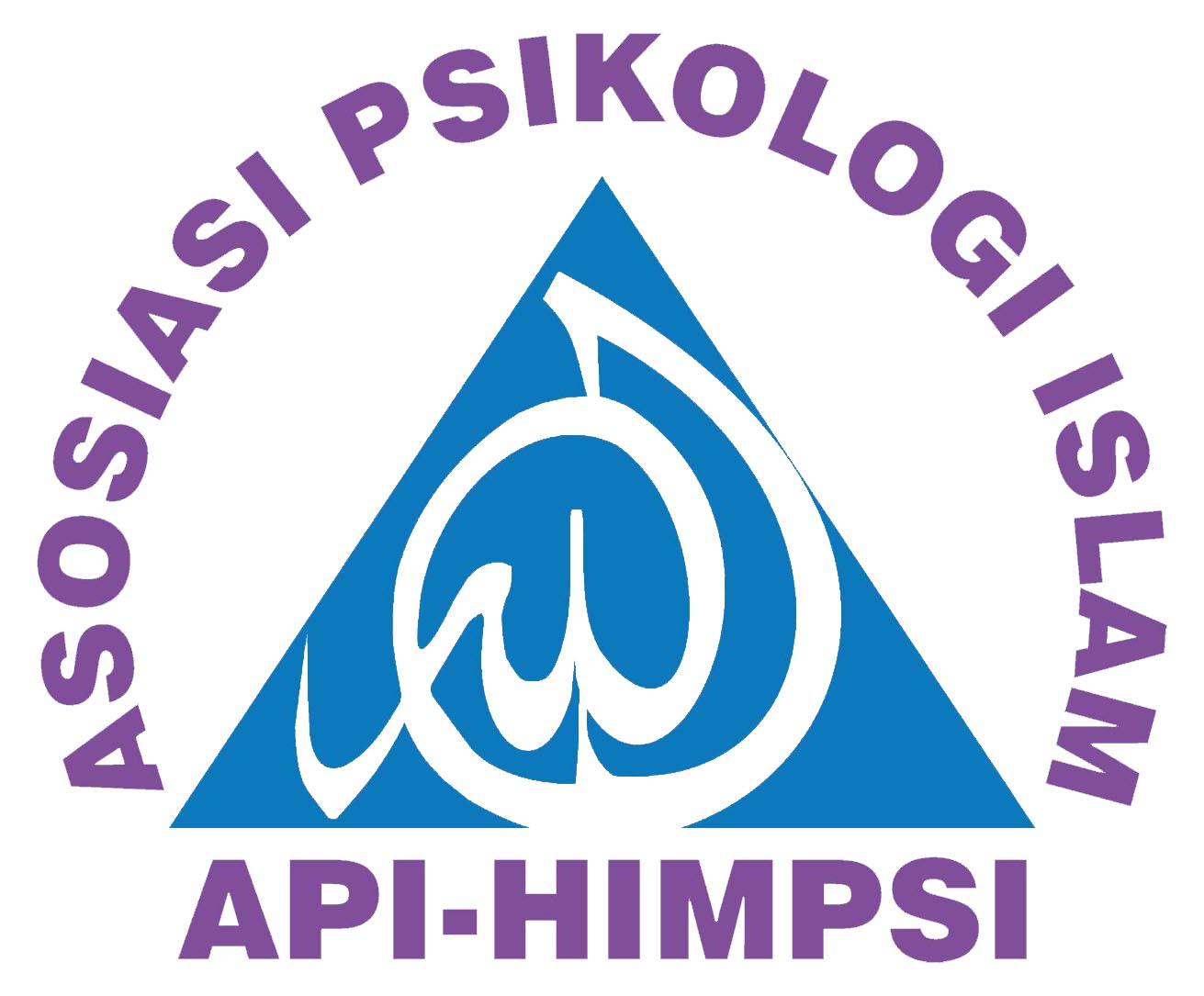Eksplorasi Komitmen Organisasi Karyawan pada Amal Usaha Pendidikan Muhammadiyah: Studi Indigenous Psychology
DOI:
https://doi.org/10.15575/jpib.v4i1.11944Keywords:
Indigenous Psychology, Organizational Commitment, MuhammadiyahAbstract
References
Agnew, C.R., Hoffman, A.M., Lehmiller, J.J., and Duncan, N.T. (2007). From the interpersonal to the international: Understanding commitment to the war and terror. Personality and Social Psychology Bulletin, 33, 1559-1571.
Ali, M. (2016). Membedah tujuan pendidikan muhammadiyah. Profetika: Jurnal Studi Islam, 17(01), 43-56.
Ali, M. (2017). Menyemai guru Muhammadiyah berkemajuan di sekolah Muhammadiyah. Ishraqi, 1(1), 1-10.
Bakar, A., & Yunus, M. (2012). Pengaruh Paham Liberalisme dan Neoliberalisme Terhadap Pendidikan Islam di Indonesia. TSAQAFAH: Jurnal Peradaban Islam, 8(1 2012), 135-160.
Bodjrenou, K., Xu, M., & Bomboma, K. (2019). Antecedents of Organizational Commitment: A Review of Personal and Organizational Factors. Open Journal of Social Sciences, 07(05), 276–289. https://doi.org/10.4236/jss.2019.75024
Cowden, T., Cummings, G., & Profettoâ€mcgrath, J. (2011). Leadership practices and staff nurses’ intent to stay: a systematic review. Journal of Nursing Management, 19(4), 461-477.
Darmaningtya, Subkhan, E & Panimbang, F. 2014. Melawan neoliberalisme pendidikan. Intrans Publishing.
Fu, W., He, F., & Zhang, N. (2020). Antecedents of organizational commitment of insurance agents: Job satisfaction, ethical behavior, and ethical climate. Journal of Global Business Insights, 5(2), 134–149. https://doi.org/10.5038/2640-6489.5.2.1135
Graham, C. M., & Nafukho, F. M. (2010). Integrative literature review: Organizational commitment and workplace outcomes: A conceptual model for truckload transportation carriers. Human Resource Development Review, 9(3), 266–284. https://doi.org/10.1177/1534484310370948
Hafid, H., & Fajariani, N. (2019). Hubungan profesionalisme, komitmen organisasi dan kinerja dosen pada stie muhammadiyah mamuju. Kinerja, 16(1), 58-68.
Harvey, D. (2007). A brief history of neoliberalism. Oxford University Press, USA.
Jabri, B. Al, & Ghazzawi, I. (2019). Organizational Commitment : A Review of the Conceptual and Empirical Literature and a Research Agenda. International Leadership Journal, 11(March), 78–119.
Le, B., Dove, N., Agnew, C.R., Korn, M.S., and Mutso, A.A. (2010). Predicting non-marital romantic relationship dissolution: A meta-analytic synthesis.Personal Relationships, 17, 377-390.
Lok, P., & Crawford, J. (2001). Antecedents of organizational commitment and the mediating role of job satisfaction. Journal of Managerial Psychology, 16(8), 594–613. https://doi.org/10.1108/EUM0000000006302
Lu, H., Barriball, K. L., Zhang, X., & While, A. E. (2012). Job satisfaction among hospital nurses revisited: a systematic review. International journal of nursing studies, 49(8), 1017-1038.
Messner, W. (2017). The role of gender in building organisational commitment in India’s services sourcing industry. IIMB Management Review, 29(3), 188–202. https://doi.org/10.1016/j.iimb.2017.07.004
Meyer, J. P., & Herscovitch, L. (2001). Commitment in the workplace. Toward a general model. Human Resource Management Review, 11(3), 299–326.
Mulya, T. W. (2016). Neoliberalism within psychology higher education in Indonesia: A critical analysis. ANIMA Indonesian Psychological Journal, 32(1), 1-11.
Nashir, H., & Si, M. (2010). Muhammadiyah gerakan pembaruan. Suara Muhammadiyah.
Qodir, Z. (2008). Islam, Muhammadiyah dan Advokasi Kemiskinan. Jurnal Fakultas Hukum UII, 2(1), 133-144.
Rusbult, C.E., Agnew, C.R., and Arriaga, X.B. (2012). The investment model of commitment processes. Van Lange, P.A.M., Kruglanski, A.W., Higgins, E.T. (Eds). Handbook of Theories of Social Psychology. London: Sage Publication
Saldana, J. (2009). The Coding Manual for Qualitative Researchers - Johnny Saldana - Google Books. In SAGE Publications Ltd. https://books.google.ca/books?id=ZhxiCgAAQBAJ&printsec=frontcover#v=onepage&q&f=false
Sadeli, M. (2012). Pergeseran kebijakan manajemen sekolah dari orientasi sosial ke orientasi profit (Kajian Sosiologis di SMA Muhammadiyah 1 Gresik Tahun 2010-2011) (Doctoral dissertation, University of Muhammadiyah Malang).
Sonedi, S. (2013). Keefektifan Organisasi Perguruan Tinggi (Studi Kasus Pada Universitas Muhammadiyah Palangkaraya). Anterior Jurnal, 13(1), 106-121.
Spanuth, T., & Wald, A. (2017). Understanding the antecedents of organizational commitment in the context of temporary organizations: An empirical study. Scandinavian Journal of Management, 33(3), 129–138. https://doi.org/10.1016/j.scaman.2017.06.002
Van Dam, K. (2005). Employee attitudes toward job changes: An application and extension of Rusbult and Farrell’s investment model. Journal of Occupational and Organizational Psychology, 78, 253-272.
Downloads
Additional Files
Published
Issue
Section
Citation Check
License
Authors who publish with this journal agree to the following terms:
- Authors retain copyright and grant the journal right of first publication with the work simultaneously licensed under a Creative Commons Attribution License that allows others to share the work with an acknowledgment of the work's authorship and initial publication in this journal.
- Authors are able to enter into separate, additional contractual arrangements for the non-exclusive distribution of the journal's published version of the work (e.g., post it to an institutional repository or publish it in a book), with an acknowledgment of its initial publication in this journal.
- Authors are permitted and encouraged to post their work online (e.g., in institutional repositories or on their website) prior to and during the submission process, as it can lead to productive exchanges, as well as earlier and greater citation of published work (See The Effect of Open Access).






